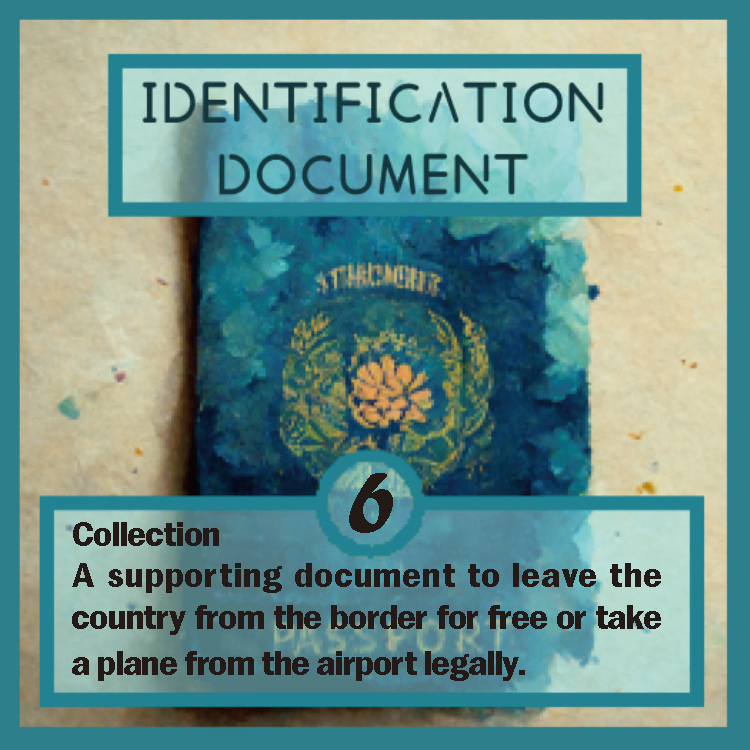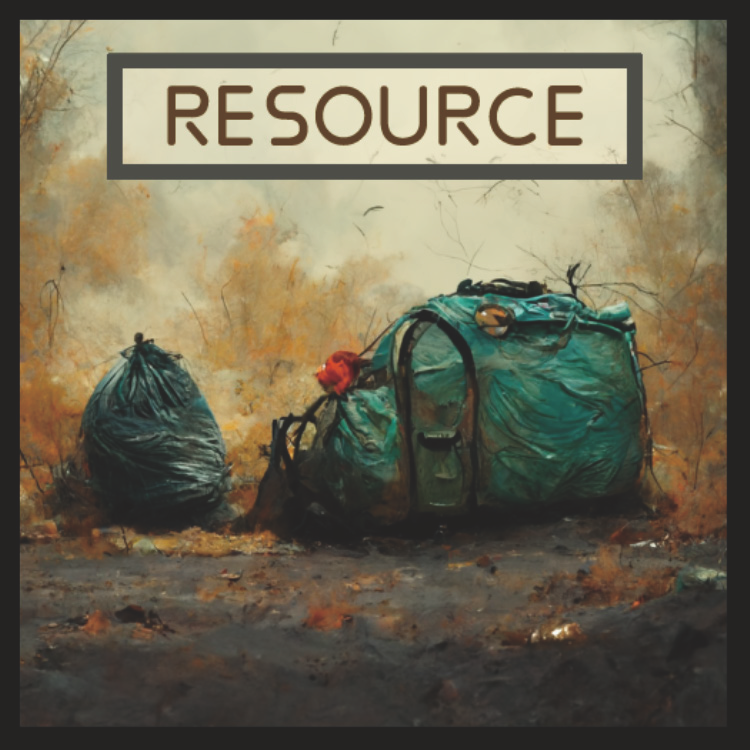
The trail




Background
This board game was initiated from cartographical research on the refugee population in Afghanistan. According to UNHCR, there is a more than 75% of outflow migration ratio in the Afghanistan region every year, and a total of 2.6 million registered Afghan refugees globally, of whom 2.2 million are relocated to Iran and Pakistan. Among the registered refugees, women share less than half of the outflow migration population, indicating the hardship they face in being given equal chances to leave the country and to be represented in the international report.
Specifically, in 2021 when the Taliban regime issued a decree banning female students above grade six from attending schools, many fled to Iran, seeking opportunities to continue their education. Ever since then, stable settlements for Afghan refugees have become even more limited. Only a few returnee centers and refugee villages are established in the country for people who are voluntarily repatriated. At the same time, even with over 20 UNHCR branch offices and over 40 villages settled along the Afghanistan-Pakistan border, more than 69% of refugees need help outside the camps. In addition, refugee-support facilities available in Iran are loosely networked and more spread out.
Game introduction
The Trail is a board game about stories of Afghan people forced to flee their country, making a way to safety and survival. This game attempts to reproduce the long trip to the border to let players engage with the refugee experience and raise awareness of the hardship one may undergo on such a dangerous and exhausting journey. Players must strategically organize available resources in hand and preserve enough food and supply to cope with unexpected events along the way. This game allows up to 6 players, and each round lasts 40 minutes to 1 hour.
Players will draw a card from the character deck to begin each game. The card introduces basic information about the role that is assigned to the players, including name, gender, marital status, religion, ethnicity, age, and the final destination (Pakistan or Iran), all of which are factors that marginalized the refugee population in real life, and in this game will influence one’s starting scenario.
In order to win the game, players must successfully approach one of the border crossing points before it is closed. If the players run out of resources before reaching the border, they will be asked to return to their origin. There’s also an option to trespass forcibly. However, it is a total bet on luck.













